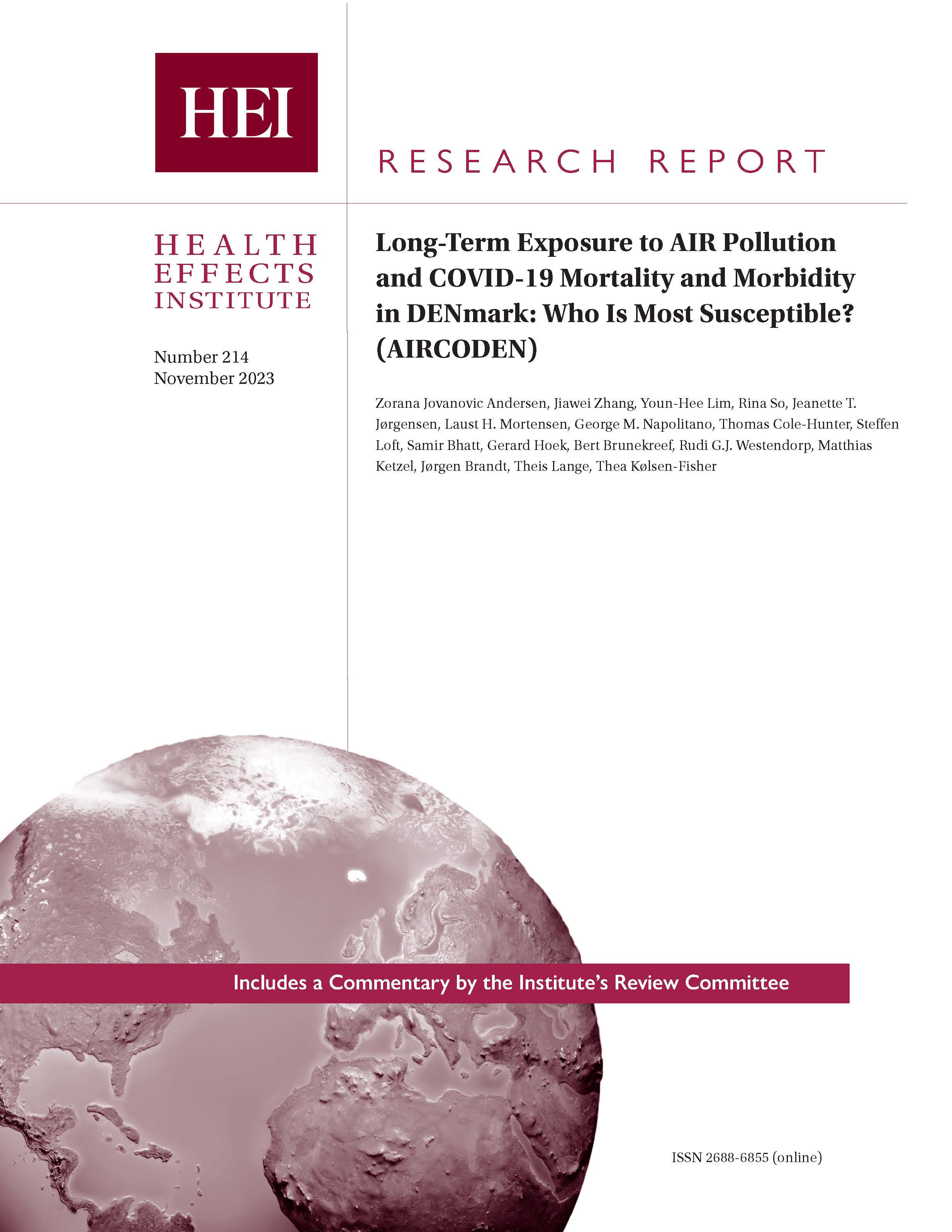
You are here
New study finds air pollution can increase COVID risk
Andersen and her colleagues sought to identify the most susceptible populations by socioeconomic status, ethnicity, and those with existing health problems. Researchers followed 3.7 million adults in Denmark between March 2020 and April 2021, focusing on five outdoor air pollutants: fine particulate matter, known as PM2.5 (particles less than 2.5 micrograms in diameter), coarse particulate matter, known as PM10 (particles less than 10 micrograms in diameter), black carbon, nitrogen dioxide, and ozone.
The findings showed elevated risks of COVID-19 incidence, hospitalizations, and death associated with long-term exposure to PM2.5, PM10, black carbon, and nitrogen dioxide. Researchers did not find associations between exposure to ozone and COVID-19 incidence. Overall, older adults and lower socioeconomic populations had the greatest risk of contracting COVID-19.
Risks of increased COVID-19 incidence and hospitalizations were strongest with exposure to nitrogen dioxide, which is produced from combustion of fossil fuels, especially in motor vehicles. The risk of COVID-19 mortality, however, was strongest with exposure to fine particulate matter, for which major sources include industrial and agricultural activities, wildfires, and fuel combustion.
Dr. Andersen said, “This large nationwide study from Denmark brings strong new evidence in support of air pollution as a risk factor for COVID-19. The study also brings novel evidence showing that people in low socioeconomic groups, and those with prior chronic cardiorespiratory diseases, influenza, or dementia, may be most susceptible.”
This report is the first of five different COVID-19 studies funded by HEI. Research is taking place in the United States, Europe, and Asia and focusing on two key areas:
- Accountability studies: Evaluating how interventions to control the pandemic might have affected emissions, air pollution, and human health.
- Susceptibility studies: Evaluating how air pollution exposure might affect the COVID-19 disease course, and how race, ethnicity, and socioeconomic status might also play a role.